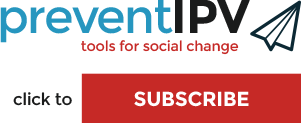Lessons in good practice from work with men & boys for gender equality

This publication from Engendering Men: Evidence on Routes to Gender Equality (EMERGE) offers insight on ways to engage men in advancing gender equity, drawing on lessons learned from eight international programs aimed at engaging men.
Useful for those designing and implementing projects, programs, and other initiatives to work with men and boys for gender equality, this practice brief addresses: how to focus or target an initiative with men and boys, designing successful initiatives, and challenges and future priorities. It draws insight from eight different case studies illustrating a range of different approaches.
This publication supports those designing and implementing initiatives to work with men and boys for gender equity. Access it on Promundo's website.

